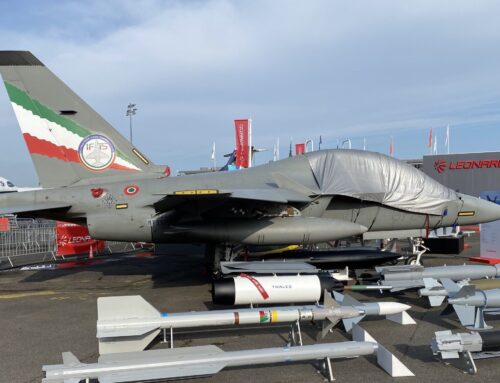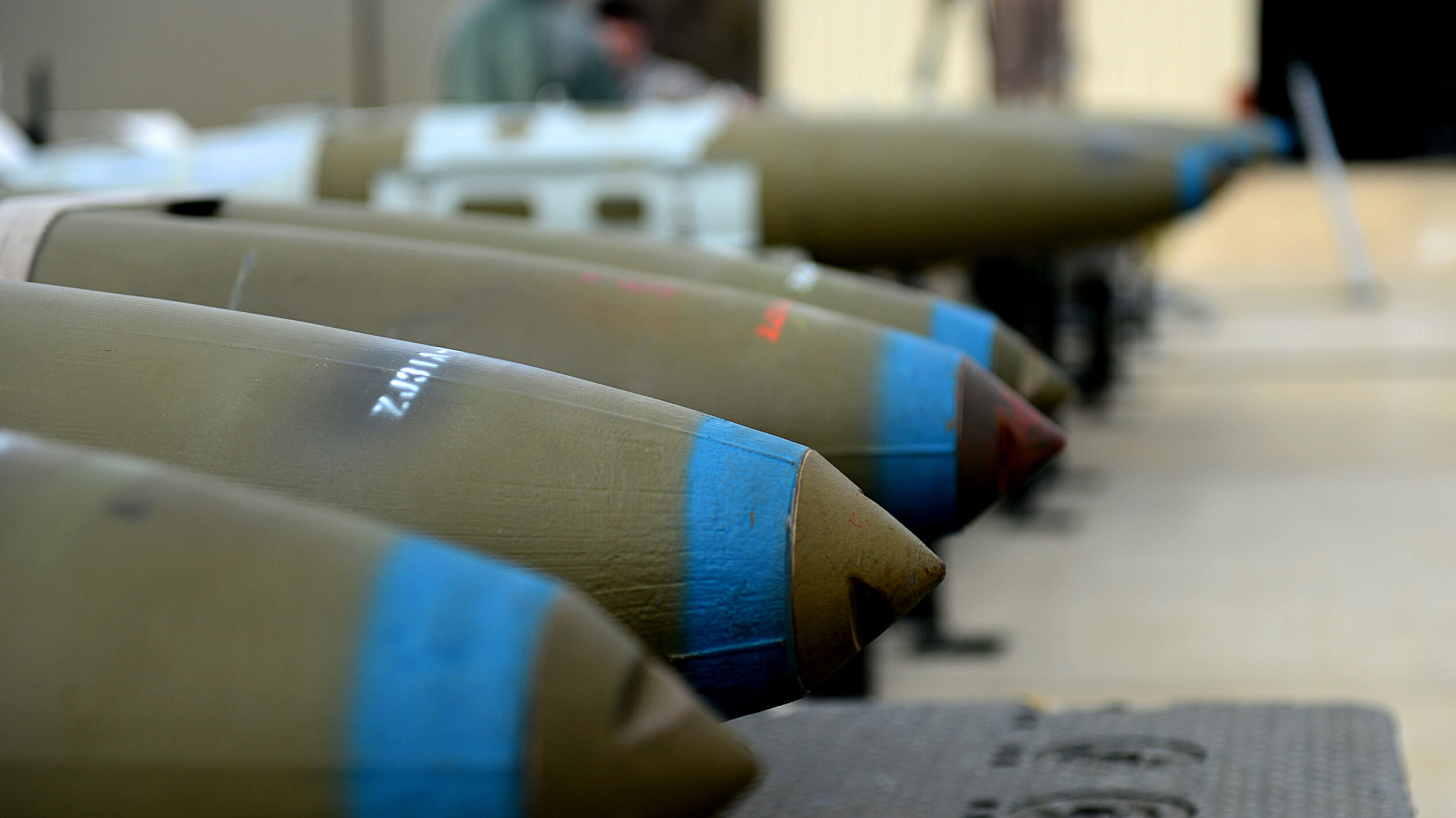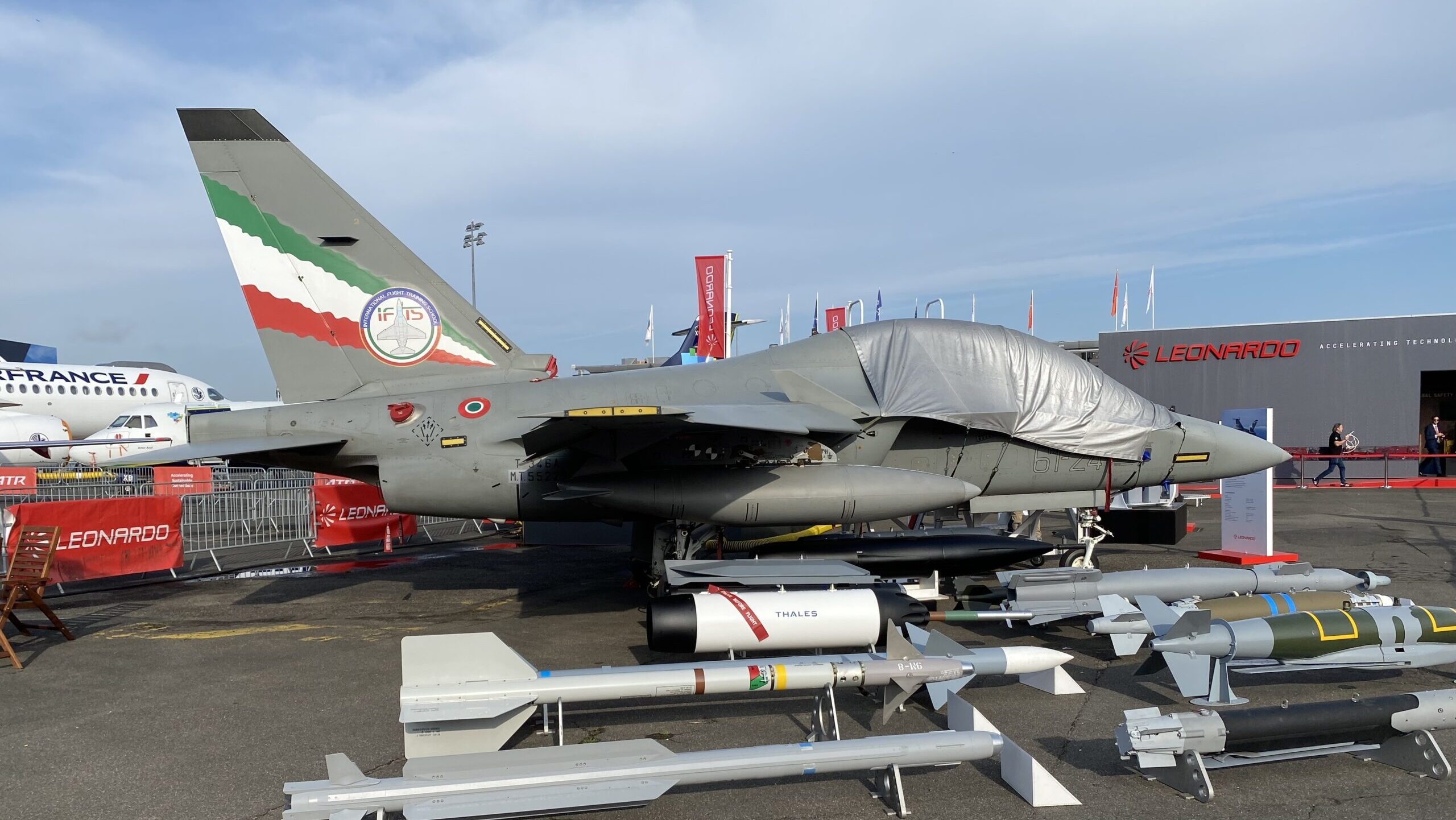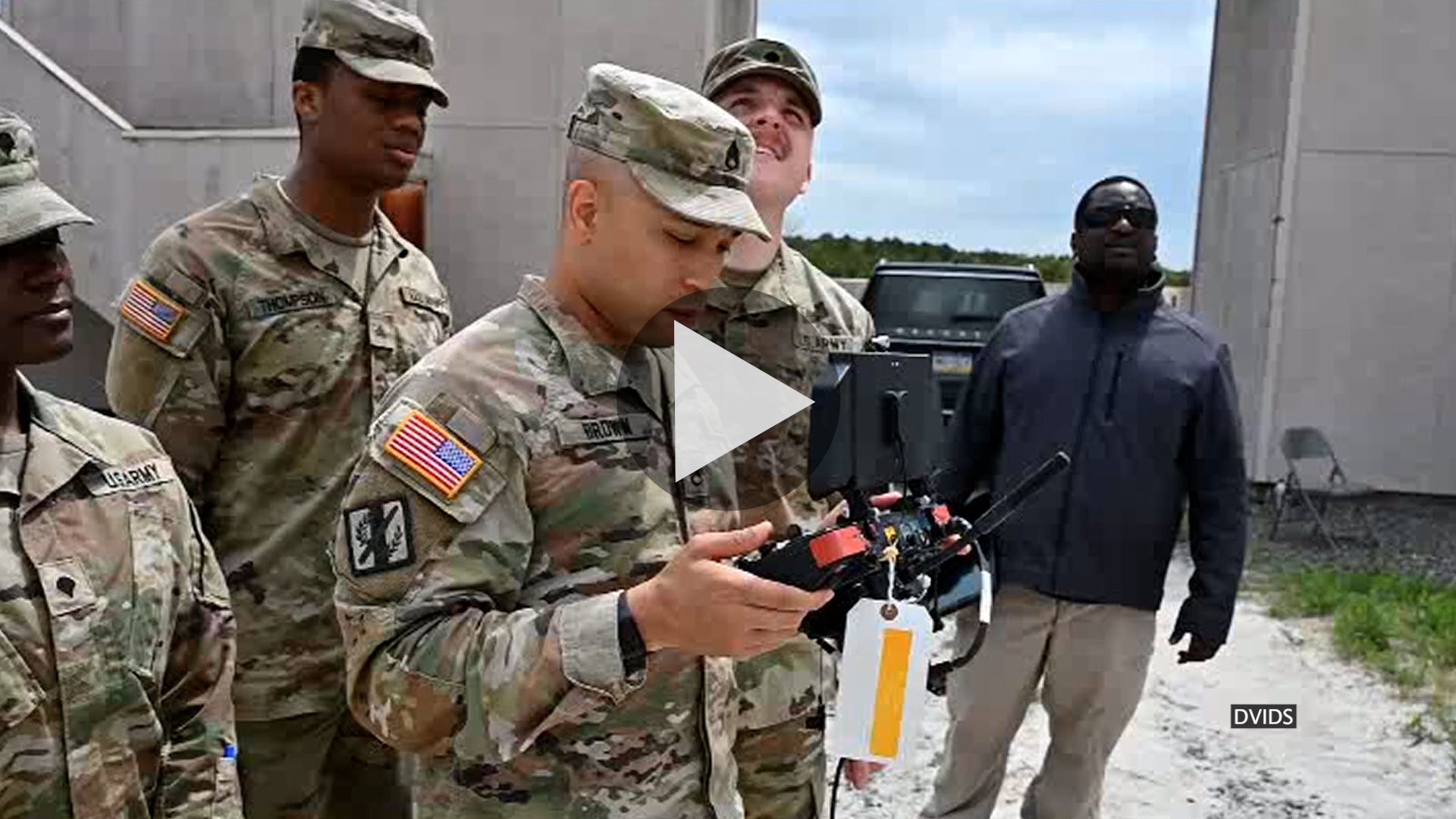U.S. Air Force Maj. Gen. Thomas Hensley, 16th Air Force deputy commander, is greeted by Col. Craig Bailey, 9th Maintenance Group commander, on Beale Air Force Base, California, Aug. 24, 2023.(U.S. Air Force photo by Senior Airman Alexis Pentzer)
DoDIIS 2024 — When it comes online, the Air Force expects a new, more robust cloud-based system for cyber operations to allow airmen to better understand their network ecosystem and spot weak spots before adversaries do, Gen. Thomas Hensley, commander of the 16th Air Force said Tuesday.
The new system, dubbed the Integrated Defensive Cyberspace System (IDCS) is intended to replace the Cyberspace Vulnerability Assessment/Hunter (CVA/H) and the Operations Platform Fly Away Kits (IOP-FAK), and offer data sharing through the cloud so airmen from different bases can share sensitive information regarding cyber threats. Hensley’s goal: have two IDCS kits installed at each Air Force base.
“So what we are trying to do as an Air Force is make sure that our networks are not the soft underbelly to our war fighting capability,” Hensley said at the Defense Intelligence Information Systems conference Tuesday.
He later told Breaking Defense on the sidelines of the conference that the new IDCS are “bigger and more expensive” compared to their predecessors, and they will help with information gathering and defensive cyber operations.
The CVA/H and IOP-FAK are technically referred to as “weapons systems,” but practically they’re defensive structures that identify, track and abate potential cyber threats with software- and hardware-based sensor platforms. With these older systems, airmen were still able to share data, but not on a cloud environment.
Now with the IDCS, the data collected from within the system will be transported from the kits and through a cloud platform into the service’s wide-ranged data platform for additional analysis.
Hensley explained that when implementing the IDCS, airmen will first have to perform a “terrain analysis,” which is a cybersecurity evaluation of the network, so they can decide where to embed the system’s sensors that will gather information on potential cyber threats.
“Buying sensors to cover everything in our ecosystem is cost prohibitive. So where is the key terrain that we need to put the sensors to protect the data to go where it needs to go?” Hensley asked. “So that’s precision sensor deployment, but you got to understand the terrain to begin with.”
The timeline on replacing the older systems with IDCS is not clear, as it is dependent on when the Air Force gets the “sustained funding” to make the transition, Hensley said. However, the initiative appears to be behind schedule. When solicitation for this program first came out, the Air Force Life Cycle Management Center said it expected IDCS to be fully underway by mid-to-late fiscal year 2024.











